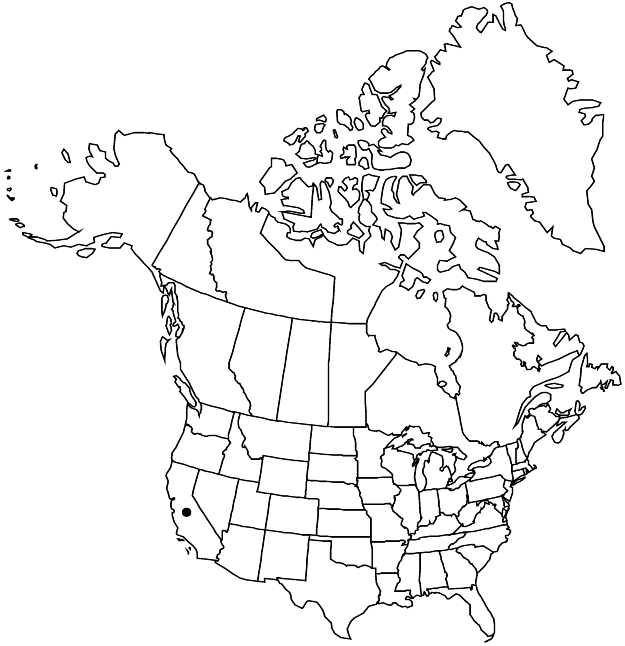Sedum praealtum
Mém. Soc. Phys. Genève 11: 445. 1847,.
Subshrubs, glabrous. Stems erect, pendulous, or prostrate, much-branched, not bearing basal rosettes. Leaves alternate, spreading, sessile; blade green tinged with red, not glaucous, elliptic-oblanceolate, laminar, 40–80 × 13–25 mm, base not spurred, not scarious, apex rounded. Flowering shoots (axillary), ascending, usually simple, sometimes branched, 10–50 cm; leaf blades elliptic-oblanceolate, base not spurred; offsets not formed. Inflorescences elongated paniculate cymes, 50–300+-flowered, 3–25-branched; branches not recurved, forked; bracts similar to leaves, smaller. Pedicels absent or to 1 mm. Flowers (4–)5(–6)-merous; sepals erect, usually distinct, green, ovate, lanceolate, or elliptic-oblong, unequal, 1.5–9.6 × 1–3.2 mm, apex obtuse; petals widely spreading, distinct or slightly connate basally, yellow, lanceolate, carinate, ca. 7.5 mm, apex acute or obtuse, mucronate; filaments yellow; anthers yellow; nectar scales yellowish or translucent, subquadrate or reniform. Carpels widely divergent in fruit, distinct, brown. 2n = 68.
Phenology: Flowering late winter.
Habitat: Cliffs
Elevation: 0-100 m
Distribution

Calif., c Mexico, Central America (Guatemala), introduced also in Europe (Italy), Australia.
Discussion
The first record of Sedum praealtum cultivated in the United States is from 1930. It is native in the trans-Mexican volcanic belt. It was reported from Ventura County in 1948 and has naturalized in the vicinity of Santa Cruz in Santa Cruz County.
Selected References
None.